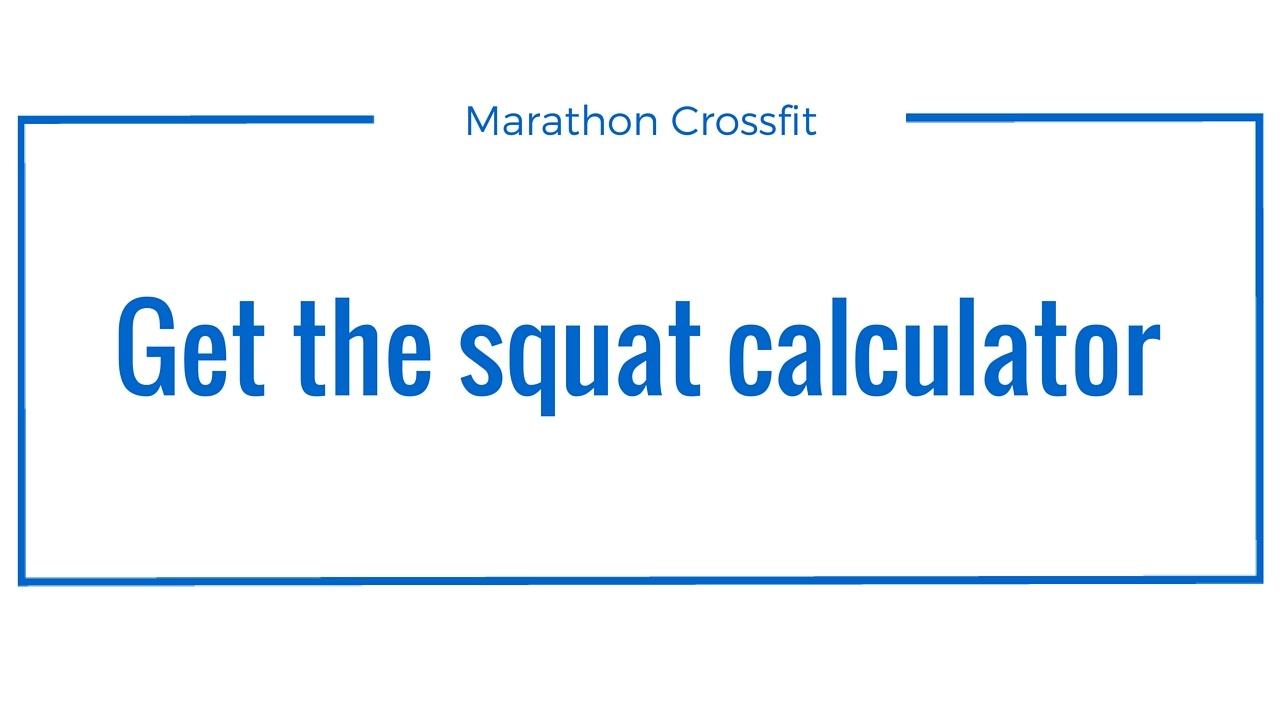Better breathing makes your squat stronger
This is the insight from multiple experts on squatting combined with my experience under the bar for the squat. The outlined misconceptions and underused techniques are seldom performed in commercial gyms. If you want to get ahead on your squat, build proper tension through mastering your breath.
Why is breathing so important for the squat?
Out of the three big lifts, the bench press, deadlift and the squat, the last one is the most complex to master in the gym. Beside foot positioning, how to walk out, hip and ankle mobility and hand positioning the most commonly overlooked piece of the puzzle is building tension.
The more tension you are able to build throughout your body, the more you will lift. This goes for all the powerlifting lifts. The Olympic lifts, the snatch and clean and jerk, are different in this regard, as they need a balance of tension and relaxation at certain points of the movement to be performed the best. Your best tool in your arsenal is controlling your breath in the squat to build maximum tension.
The harder you get before even initiating the descent of the squat, the easier it will be to get out of the bottom position. Here you will find the sources and queues I have gathered to improve my own squat considerably. They might not apply fully to you and you should keep studying constantly to improve as an athlete. I hope it is a good start on your journey.
When you learn these techniques implement them one at a time. If you train it all at once it will be too much going on and you might fail repetitions or injure yourself.
Build tension both ways
The first easy technique is to build tension in your abdominal wall both ways when you breathe. Rather than just getting your abs ready like you are about to be punched when you breathe in, also do this when you breathe out. After you have walked out the bar three steps from the rack exhale. While you are exhaling start already to tense up your midsection like you were ready to receive a Bruce Lee kung-fu kick. Keep the tension and proceed to breathe in while tensing up even more. At the end of this process, you should be harder than ever before. This can be practiced before moving under the bar. You will find more on this in the writing of Bruce Lee about Jeet Kune Do. He applies this to martial arts and it is also useful to powerlifters.
Breathe horizontally
Another adjustment to breathing for the squat is to breathe horizontally rather than vertically. Most people in the gym who did not get instructions from an experienced squatter will breathe vertically. This means pumping up the chest with air when you breathe in. While this is better than doing nothing it does not help to protect your weakest part of the body during the squat, your gut. If you doubt this, a frequent injury occurring among lifters who do not know how to breathe properly are hernias. A hernia occurs when the abdominal wall breaches as the intestines press against them from the inside with too much pressure. I has happened to me and it was not pleasant. Took a break for a month as I was to get engaged on a US trip anyway. After that I was fine.
To avoid getting injured one of the best tips I found comes from Chris Duffin, world record powerlifter himself. Rather than breathing vertically you should think about breathing horizontally. Breathe deep into your stomach and try to make your midsection instead of your chest as wide as possible. This will add further stability to the area apart from building tension both ways.
Hold your breath
During the descend hold your breath until you come into the lowest position of the squat. This will ensure that you keep the tension you have build until you reach your weakest point in the movement. Holding your breath can also be used to modify the intensity of your workouts while keeping the same load.
For this to work just try to hold your breath for more repetitions before you inhale again. Only do this for lighter loads which you can do relatively easy for five to eight repetitions. Split these at first in 221 or 332 to then move them to 32, 41 and 5 or respectively 44, 53, 62 and finally eight per set. This is the true path to mastery for weightlifting.
For very heavy work inhale and exhale on each repetition you do. The heavy set on a Friday which is prescribed in the Texas Method should not be done under one breath even though it is only one set by five repetitions. If you can do it under one breath it is a strong indicator that you are not living up to your full potential.
Valsalva maneuver
The Valsalva maneuver is the fancy term for what you do when you make your ears pop on a plain. You are counteracting the outside pressure and the following effect on your body by building a bigger internal pressure. You do the same by the outlined techniques. The final thing to nail down is to get a good feeling for where your sticking point in the squat is. Once identified forcefully exhale through clenched teeth when reached. This will help to push through. This is why you should not hold your breath on very heavy doubles, triples and sets off fives to be able to utilize the Valsalva maneuver on each rep. If you practice all of the other points with diligence this will come naturally to you. With focused practice, the advantage can be enhanced. The Valsalva maneuver should only be done when the other techniques are mastered as bad timing increases the risk of a hernia or severe injury.
Conclusion
Practice breathing under lower loads and perfect it. Beginners have a tendency to rush the squat and progress too fast. You can progress the squat to heavier loads neglecting mobility and proper breathing at the cost of hitting a ceiling earlier. The result is usually half a year of restructuring the movement to progress again or injury. Both are counterproductive even though the slower progression at earlier stages seems counterintuitive. Here is where a professional strength coach helps with guidance to encourage to go faster or go on the breaking pedal where appropriate.
Further reading
On getting stronger
- 30 Tips on how to get stronger for lifting
- 3 easy ways for marathoners to get stronger and
more agile - 5 secrets from Pavel Tsatsoulin and Jim Wendler to make you stronger
- 5 steps to run faster, get stronger and be smarter
- 5 Strongmen you should know
- 5 tips to get stronger faster
- 7 websites to stay fit and strong
- Do you need protein to get stronger
- How the get up will make you strong
- How to get 10% stronger in six weeks
- How to kettlebell swing to get amazingly strong
- How your body gets stronger for CrossFit and powerlifting
- Selected quotes from Deadlift Dynamite that will make you stronger
- Selected quotes from simple and sinister that will make you stronger
- Sore today, strong tomorrow with a squat workout
- Try this deadlift thing to get strong like bull
On the squat
- Are you sure about wearing the right shoes for squatting
- Bench press or squat first
- Bench press in a squat rack
- Breathing Squat
- Can kettlebells swings replace squats
- Can you squat and deadlift on the same day
- Challenge, Sore
toda , Strong tomorrow - Confidential: Get rid of the machines and hire the squat
- Detailed Smolov squat routine review
- Eager to know about wearing the right suit for squatting
- How to perform a back squat for
crossfit for beginners - How years of quality cossack squats easily help your fitness
- Overcome these sins of the squat
- Squat: How many reps
- Squat: How to improve
- Squat: When to inhale and exhale
- Squat without pads
- Squat Calculator [Free Downloads]
- The Truth squat or lunges?
- Ultimate 30 day squat challenge that
tighten and tone - What squat is best
- Why are there so many squats in Stronglifts 5x5


